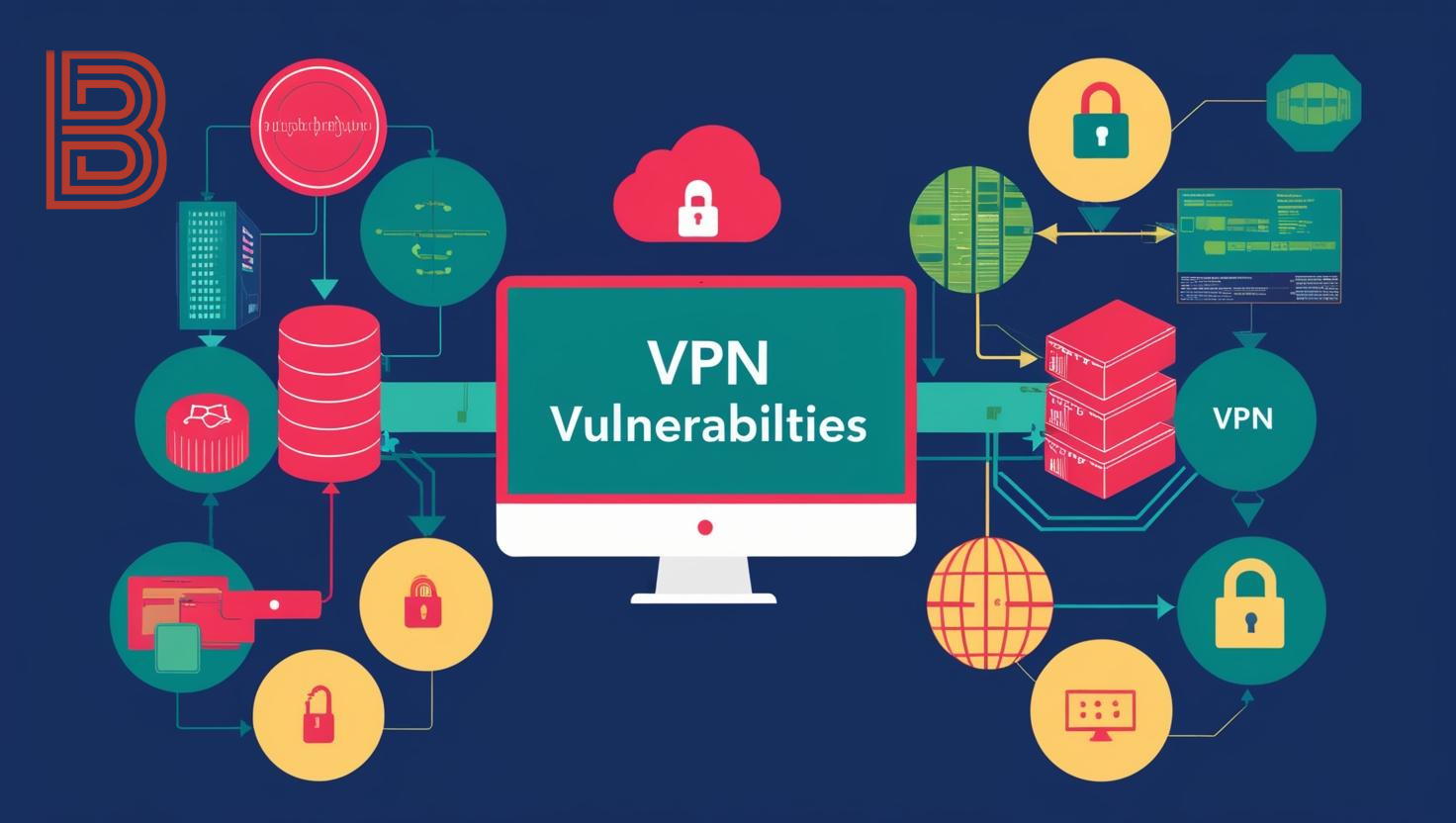
Virtual Private Networks (VPNs) are widely used to secure internet connections and protect data privacy. However, they are not immune to vulnerabilities that can lead to data breaches.
Understanding VPN Vulnerabilities
1. Zero-Day Exploits
Zero-day vulnerabilities are security flaws unknown to the software vendor. Attackers exploit these before developers can issue patches. For instance, in 2024, a zero-day vulnerability in Check Point’s Quantum Gateway (CVE-2024-24919) was exploited to steal Active Directory credentials, facilitating unauthorized access to networks .
2. Outdated Protocols and Encryption Standards
Some VPNs still use outdated protocols like PPTP, which have known weaknesses. These protocols can be susceptible to various attacks, compromising the confidentiality and integrity of data .
3. Misconfigurations
Improper VPN configurations can expose networks to threats. For example, weak authentication methods or improper access controls can allow unauthorized users to infiltrate systems .
4. DNS and IP Leaks
VPNs are designed to mask a user’s IP address and encrypt data. However, some VPNs leak DNS requests or IP addresses, potentially exposing user activity and location .
5. Social Engineering Attacks
Attackers often use phishing or other social engineering techniques to trick users into revealing VPN credentials, bypassing technical safeguards .
Notable VPN-Related Data Breaches
1. NordVPN Breach (2018)
In 2018, NordVPN experienced a breach when attackers exploited an insecure remote management system left by a data center provider. Although the breach was limited to a single server, it raised concerns about the security practices of VPN providers .
2. Pulse Secure VPN Exploits (2024)
A zero-day vulnerability in Pulse Secure VPNs was exploited, leading to breaches in several defense firms and government organizations in the U.S. and Europe. Attackers leveraged this flaw to gain unauthorized access to sensitive networks .
3. Ivanti Connect Secure Vulnerability (2025)
In early 2025, a critical buffer overflow vulnerability (CVE-2025-22457) in Ivanti’s Connect Secure VPN appliances was discovered. Exploited by threat actors, this flaw allowed remote code execution, compromising numerous systems .
Implications of VPN Vulnerabilities
1. Data Exposure
Exploiting VPN vulnerabilities can lead to unauthorized access to sensitive data, including personal information, intellectual property, and confidential communications.
2. Network Compromise
Attackers can use VPN flaws to infiltrate networks, move laterally across systems, and establish persistent access, making detection and remediation challenging.
3. Reputational Damage
Organizations suffering from VPN-related breaches may face loss of customer trust, e publicity, and potential legal consequences.
Mitigation Strategies
1. Regular Updates and Patch Management
Ensure all VPN software and hardware are up-to-date with the latest security patches to protect against known vulnerabilities.
2. Strong Authentication Mechanisms
Implement multi-factor authentication (MFA) to add an extra layer of security beyond just usernames and passwords.
3. Network Segmentation
Divide networks into segments to limit the spread of potential breaches and restrict unauthorized lateral movement.
4. Continuous Monitoring
Employ intrusion detection and prevention systems to monitor network traffic for suspicious activities and respond promptly to threats.
5. Employee Training
Educate staff about phishing and other social engineering tactics to reduce the risk of credential compromise.
Summary
While VPNs are essential tools for securing remote connections, they are not infallible. Understanding their vulnerabilities and implementing robust security measures is crucial to protect against data breaches and maintain organizational integrity.




















